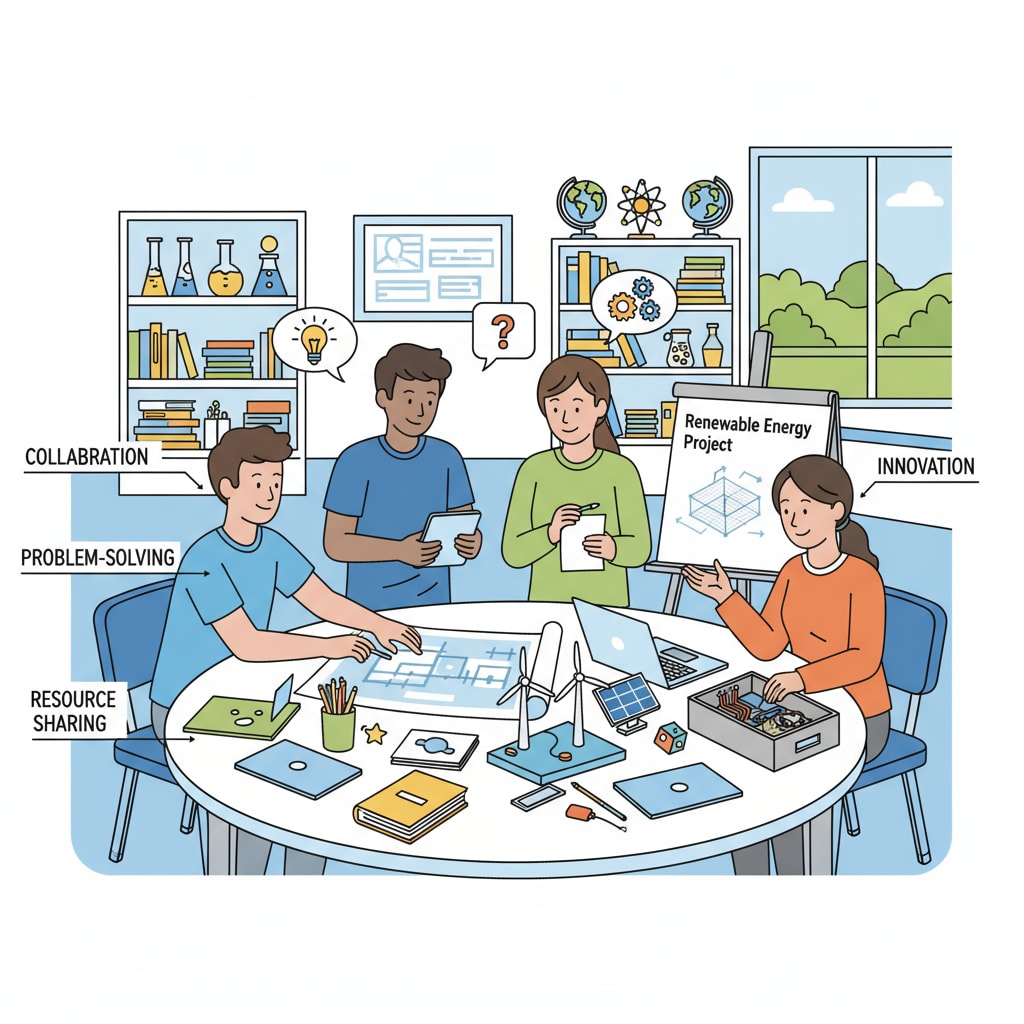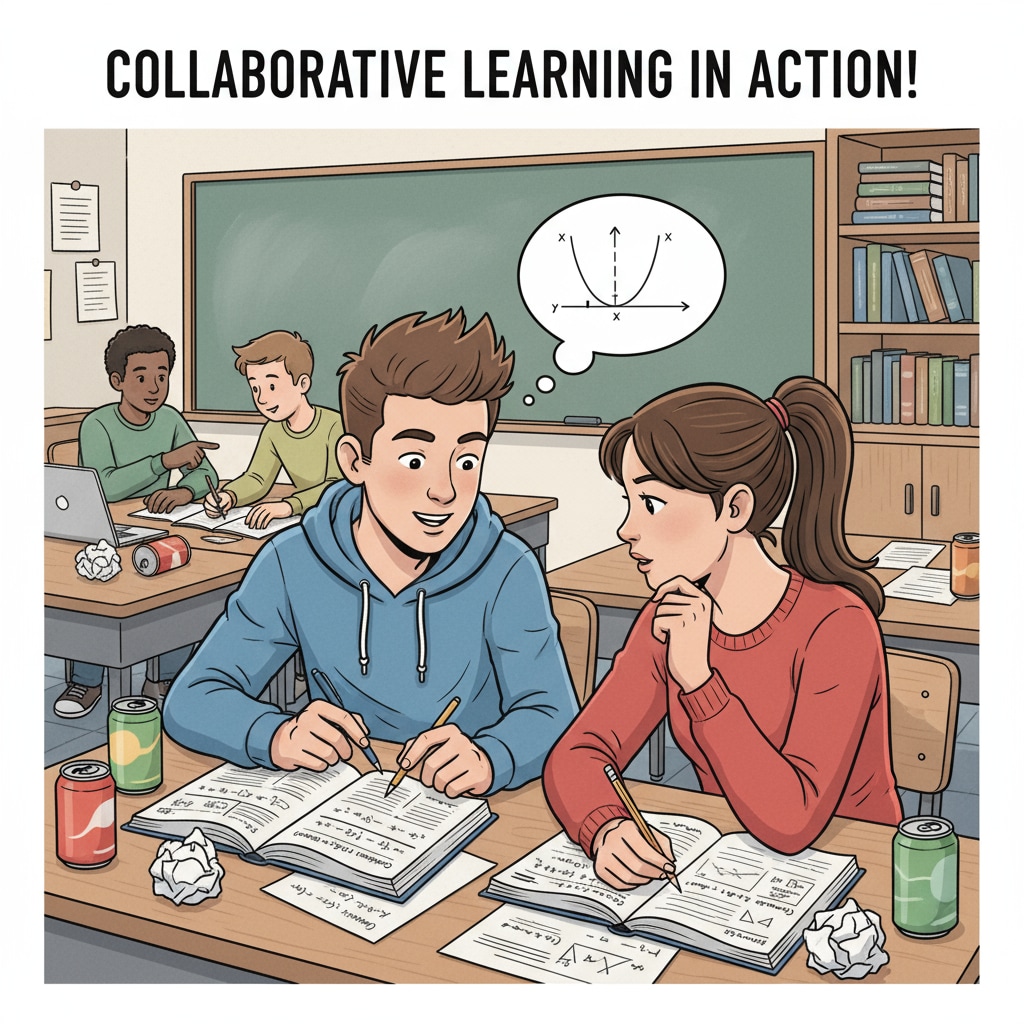In the realm of K12 education, the traditional model of homework is facing challenges in terms of effectiveness and student engagement. As educators seek to enhance the learning experience and foster better knowledge retention, exploring alternatives to conventional homework becomes crucial. This article delves into five innovative ways to reinvent K12 homework, focusing on teaching strategies that can boost student participation and cultivate self-directed learning skills.

Inquiry-Based Projects
Inquiry-based projects are a powerful alternative to traditional homework. Instead of assigning rote tasks, educators can design projects that encourage students to ask questions, conduct research, and find solutions independently. For example, in a science class, students could be tasked with investigating a local environmental issue. This approach not only deepens their understanding of the subject matter but also enhances critical thinking and problem-solving skills. According to Edutopia’s guide on inquiry-based learning, this method promotes active learning and engagement.

Digital Portfolios
Digital portfolios offer a modern and interactive way for students to showcase their learning progress. They can include a variety of materials such as essays, artworks, and multimedia presentations. By regularly updating their portfolios, students take ownership of their learning journey. Teachers can provide feedback and set goals, making it a collaborative process. As stated in ASCD’s research on digital portfolios, this strategy improves student engagement and provides a comprehensive view of their achievements.
Another advantage of digital portfolios is that they are accessible anytime, anywhere, allowing for continuous learning and reflection. This flexibility encourages students to be more proactive in their studies and take pride in their work.
Readability guidance: These paragraphs use short sentences and clear language to convey key points. Transition words like “for example” and “another” help to connect ideas smoothly. The use of external links provides reliable sources of information.
Peer Teaching and Collaboration
Peer teaching and collaboration can transform the homework experience. Students can be paired up or grouped to teach each other concepts they have learned. This not only reinforces their own understanding but also promotes communication and teamwork skills. For instance, in a math class, students can work together to solve problems and explain the solutions to their peers. This interactive approach makes learning more enjoyable and engaging.
{{IMAGE:Students engaged in peer teaching and collaborative homework}}
Moreover, peer teaching exposes students to different perspectives and learning styles, broadening their horizons. It also reduces the sense of isolation often associated with traditional homework and creates a supportive learning community.
Experiential Learning Assignments
Experiential learning assignments involve hands-on activities outside the classroom. These could include field trips, volunteer work, or internships. By applying theoretical knowledge in real-world settings, students gain a deeper understanding of the subject. For example, a history class could visit a local museum to study historical artifacts. This practical approach makes learning more memorable and relevant.
As per The Learning Association’s insights on experiential learning, this type of assignment enhances student engagement and helps them develop important life skills. It also allows students to see the practical applications of what they are learning in school.
Self-Directed Learning Challenges
Self-directed learning challenges empower students to take control of their learning. Teachers can set broad topics or challenges, and students can decide how to approach them. This could involve creating a reading list, conducting experiments, or developing a presentation. By setting their own goals and timelines, students become more independent learners.
This approach fosters a growth mindset and encourages students to explore their interests. It also prepares them for lifelong learning, as they learn to manage their time and resources effectively.
In conclusion, exploring these innovative alternatives to traditional K12 homework can revolutionize the learning experience. By implementing these teaching strategies, educators can enhance student engagement, improve knowledge retention, and cultivate self-directed learning skills. It’s time to bid farewell to homework倦怠 and embrace a new era of dynamic and effective learning.


